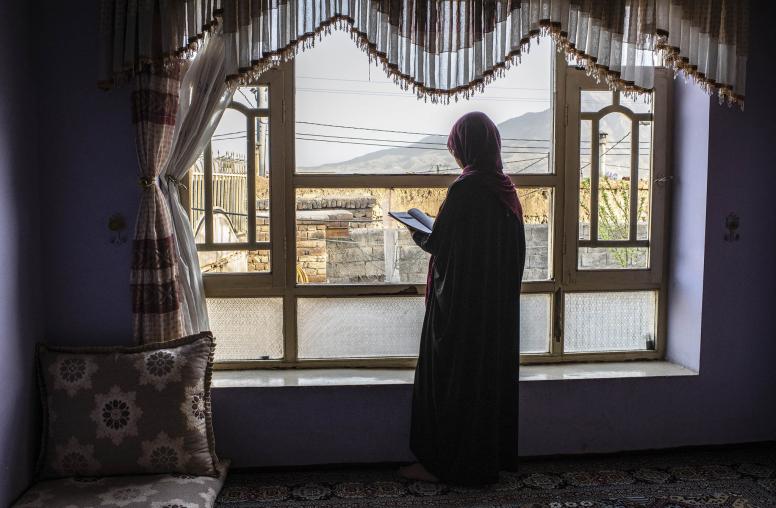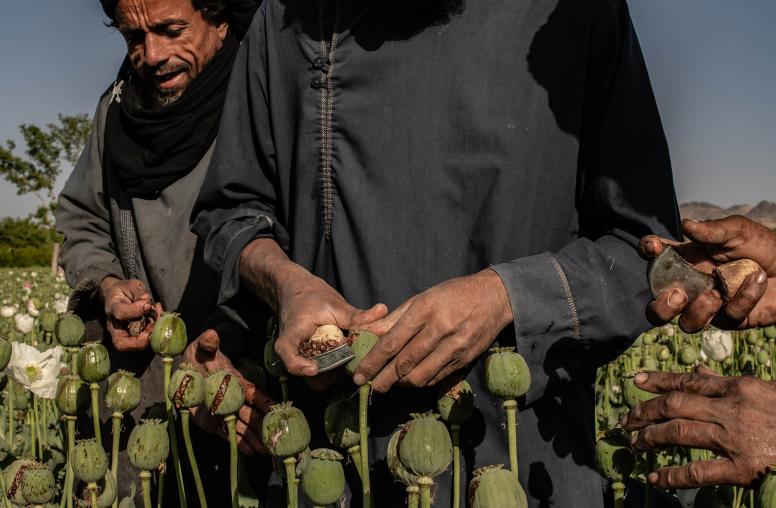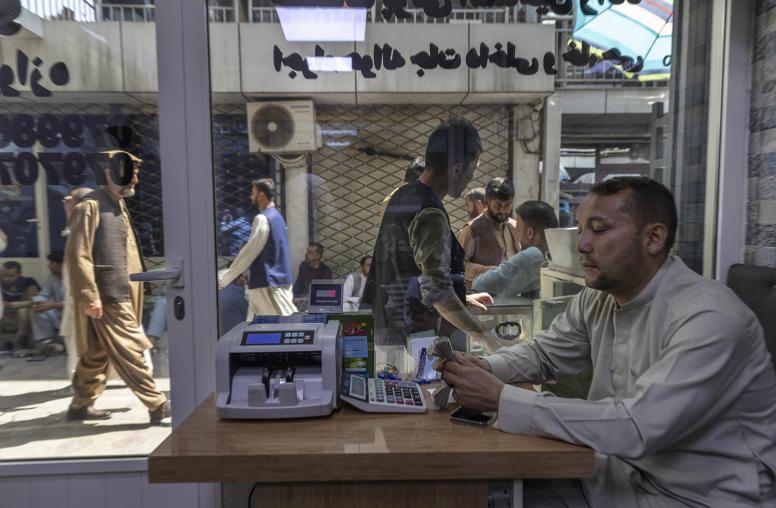Senior U.S. civilian and military officials frequently acknowledge that there is no military solution to the Taliban-led insurgency in Afghanistan, and that a peace process is needed to reach a politically negotiated end to the conflict. But for years, the military effort to win the war has sucked up the lion’s share of policy (and media) resources. Political efforts to negotiate peace remained a sideshow that never gained much traction.

The Trump administration is expected soon to announce a new strategy for Afghanistan and its neighbors. With the U.S. commander in Afghanistan calling the war a “stalemate,” and Defense Secretary James Mattis acknowledging to Congress that “we are not winning,” now is the time to put support for a peace process at the center of strategy. This is not to say that U.S. and NATO troops are not needed in Afghanistan to support the government security forces. Rather, the military objective should no longer be a defeat of the Taliban. It should be to incentivize the Taliban to come to the negotiating table.
In a July 12 USIP forum, experts on Afghanistan discussed a strategy to “win the peace.” Speakers noted that Afghanistan’s deteriorating security is a symptom, not the cause, of almost four decades of conflict. Ambassador Doug Lute, the former U.S. envoy to NATO, emphasized the importance of tackling three political stalemates that are root causes of the conflict: in the region, in domestic politics, and in negotiations with the Taliban.
The regional challenge is to build consensus on the need for a more stable Afghanistan that does not threaten its neighbors. The tensions among Afghanistan’s neighbors fuel Afghanistan’s war—especially the Indo-Pakistani conflict and Pakistan’s policy of supporting the Taliban to protect against what it perceives to be growing Indian influence in Afghanistan.
Iran, China, Pakistan and Russia fear a long-term U.S. military presence in Afghanistan and aim to discourage it through “hedging behavior” such as providing military support to the Taliban. Therefore the United States’ strategic messaging around its new Afghanistan policy should emphasizes that the purpose of more troops is not to consolidate a long-term counter-terror presence in Afghanistan, but rather to train, advise and assist the Afghan government forces to ensure the survival of the Afghan state. Countries in the region need to be convinced that the best way to reduce the U.S. military presence in Afghanistan is to support a peace process that reduces violence so that a major foreign troop deployment is not needed.
Corrupt, predatory government also still drives Afghanistan’s conflict. Following the disputed 2014 presidential election, a ruling coalition was formed, accommodating the rival sides and averting an immediate crisis. But years of government paralysis have followed as its factions bicker endlessly over every appointment and decision. That and persistent accounts of massive corruption have eroded popular support for the government. Strengthening the government’s legitimacy, tackling corruption, and ensuring credible parliamentary and presidential elections will be key to strengthening the state and advancing a peace process.
A process toward a politically negotiated peace is the best path to the U.S. goal of ensuring that Afghanistan does not again become a haven for transnational terrorist groups. It also can fulfill the desperate desire of Afghans for peace and contribute to stability in the surrounding region.



